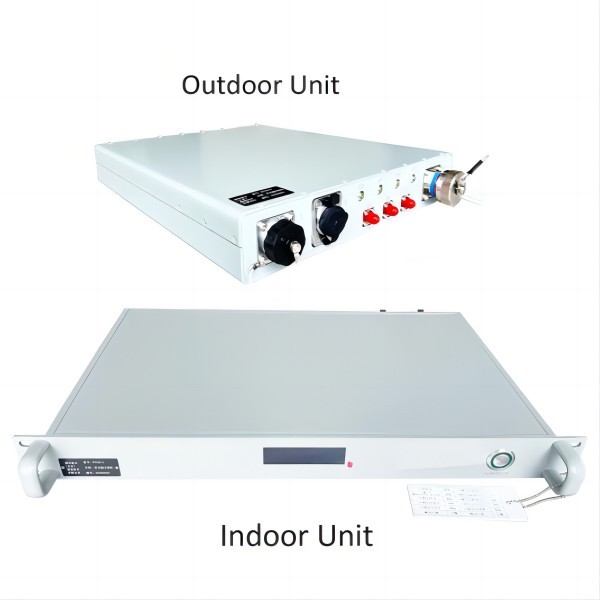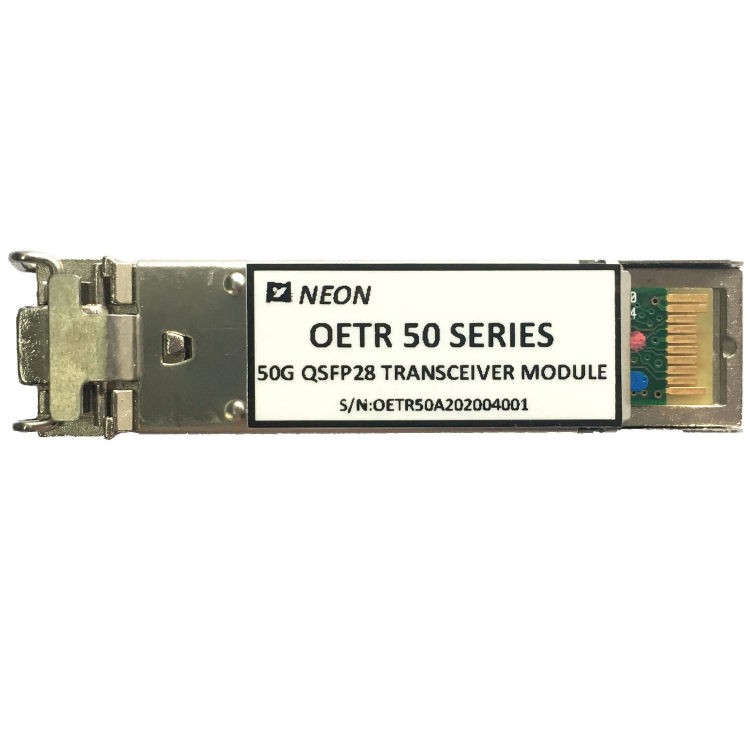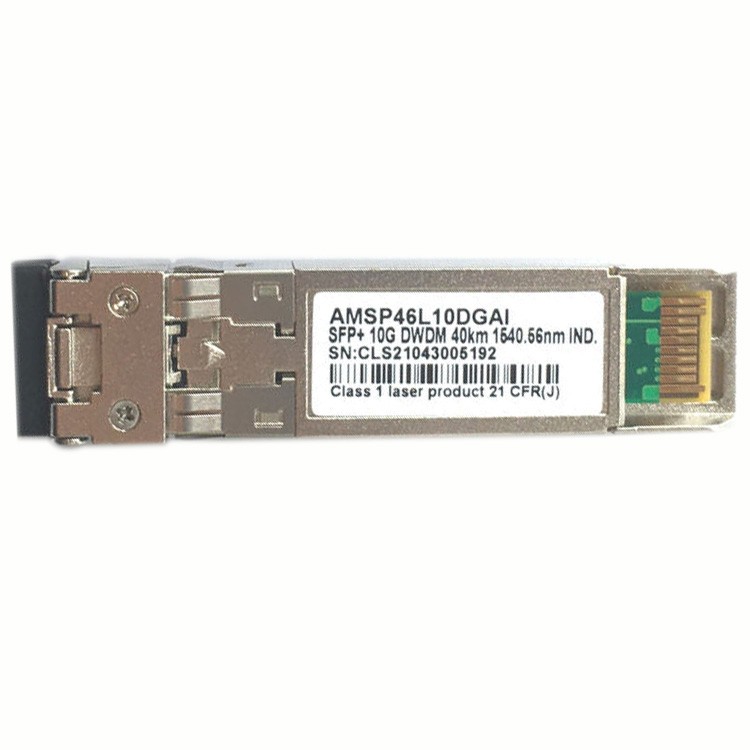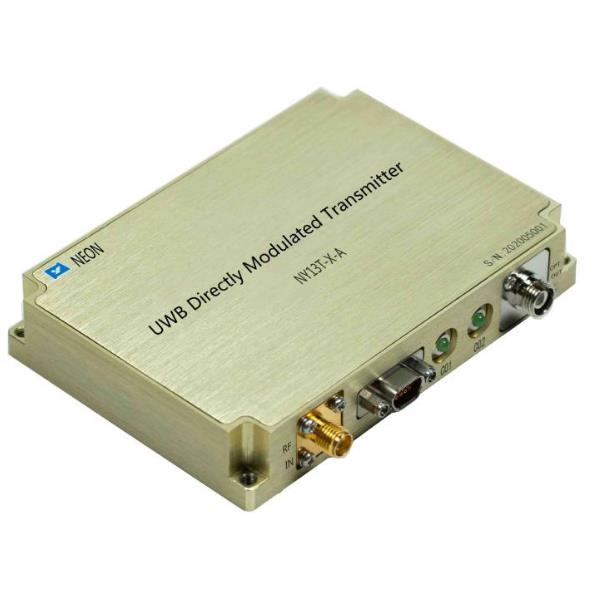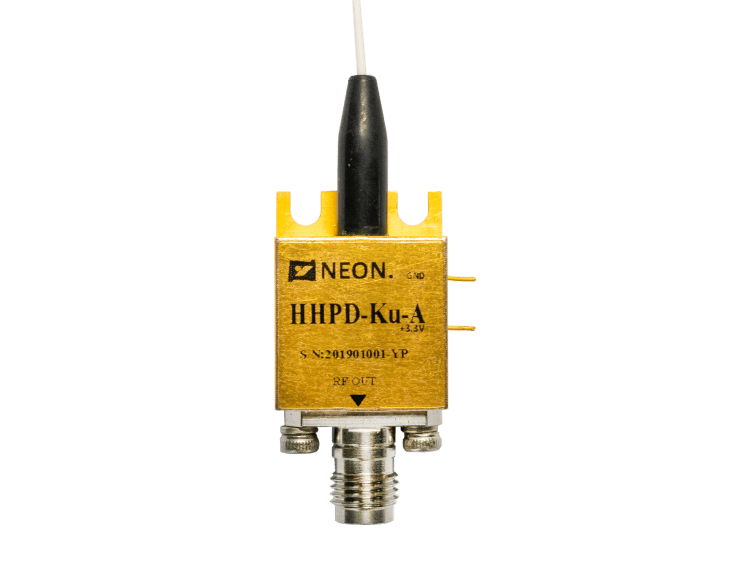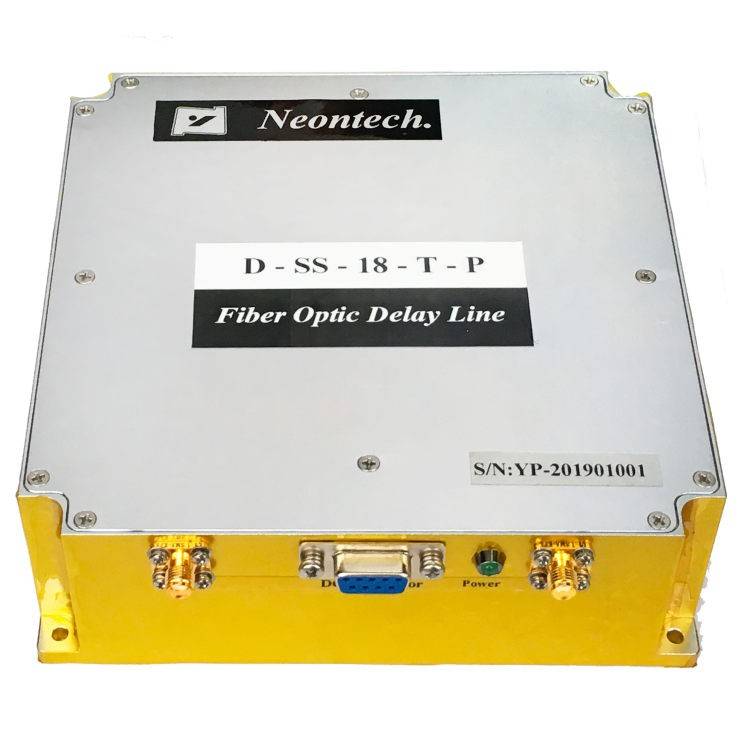Multifunctional Optical Transceivers: Versatility, Types, and Applications
The advancement of modern day data communications has largely relied on the effective and dependable methods of transferring data over greater distances. Key to this mechanism remains the optical transceiver, which is a sleek and portable optical transceiver. It performs the essential work of changing electric signals to optical signals and transmitting the signals back to electric signals, which then travel through a fiber optic cable. With an exponential increase in demand from cloud computing to the Internet of Things, these devices have undergone a significant evolution, which has resulted in a multifunctional optical transceiver. These advanced modules are built on form factors from the widely used SFP+ transceiver and demonstrate the epitome of flexibility and power efficiency in a wide range of networking environments.
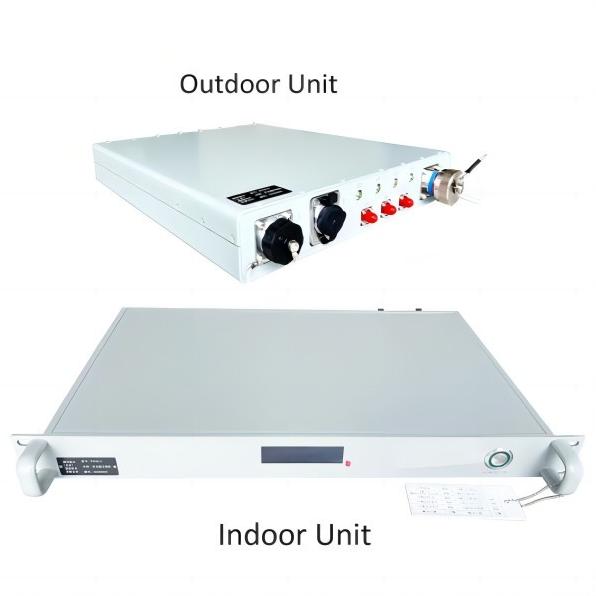
Part 1: Multifunctionality of Optical Transceiver
The multifunctional capability of optical transceivers has to do with the multiple functions that a single module can perform and how it meets all the requirements of the network. The result is simplified stock-taking and management and future-proofing the network infrastructure. Some of the areas where this is demonstrated are:
1. Multiple Rate Connections
A multifunctional transceiver does not get “locked” to one data rate. Many modules that come in the SFP+ form factor spend most of their lifetime in lower data rate tiers. For example, a 10G SFP+ transceiver can also be designed to work with 1G, 2G, 4G, 8G Fiber Channel, or 10GBASE-LR/SR Ethernet and even 10GBASE-LR/SR. The ability of network operators to manage and adopt multiple equipment and service generations in one infrastructure simplifies the upgrade stock management and infrastructure operational processes.
2. Multi Protocol Transceiver
The abundance of network protocols to be supported by these transceivers is also a point to consider. One SFP+ module interfaces with:
- Ethernet, such as 10GBASE-SR/LR
- SAN Fiber Channel (FC)
- SONET/SDH (Synchronous Optical Networking/Synchronous Digital Hierarchy)
- CPRI/ eCPRI wireless fronthaul/backhaul networks for 5G.
This capability is especially crucial in converged networks where data, storage, and wireless traffic co-exist on the same fiber infrastructure.
3. Wavelength Versatility (CWDM/DWDM Support)
An additional key element of multifunctionality is the ability to apply functional Wavelength Division Multiplexing (WDM) technology, and specifically Coarse (CWDM) and Dense (DWDM) WDM. CWDM and DWDM transceivers make it possible to transmit through a single fiber strand, and simultaneously, CWDM and DWDM transceivers permit the transmission of several data streams, each on a different light wavelength (color). This drastically enhances the capacity of the fiber and bandwidth and the channel’s “multifunctionality,” which thrives on the primary characteristic of the fiber transceiver – its ability to carry several logical channels of data regardless of the transmission protocols or speeds attributed to every single channel.
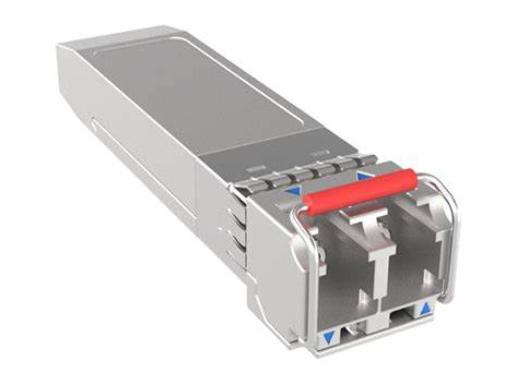
4. Digital Diagnostic Monitoring (DDM)
Digital Diagnostic Monitoring (DDM) is a process that provides near real-time notifications, capturing event and operational data, based on SFF-8472 and other industry protocols. Administrators can keep track and professionally control:
– Received Optical Power
– Transmitted Optical Power
– Laser Bias Current
– Internal Temperature
– Supply Voltage
This remote diagnostic capability allows for corrective action to be taken on foreseen and unforeseen network disturbances, which relieves the burden or pressure on the network, thereby enhancing network stability and downtime avoidance. Networking and performance management are simplified and improved upon.
5. Adjustable Distance of Transmission
Optical transceivers come in various types (SR, LR, ER, ZR) and with various maximum distances (from a few meters to over 80km) and with various fibers, lasers, and wavelengths. The multifunctional approach gives a wide portfolio with modules that can be plugged and played repeatedly in each form factor. This gives the network designers the ease of choosing the required exact link distance for an application, which can range from a data center rack Short Range (SR) to a Metropolitan Area Network (Extended / Further Extended Range ER / ZR).
Part 2: Main Types and Form Factors
Optical transceivers are available in different categories and physical configurations. Each serves some purpose and has a particular data transmission speed. The table below highlights some of the mainstream types used in the present time:
| Form Factor | Typical Data Rate(s) | Key Feature | Primary Application(s) |
| SFP (Small Form-factor Pluggable) | Up to 4 Gbps (often 1G) | Compact size, hot-pluggable | 1G Ethernet, Fiber Channel, SONET/SDH |
| SFP+ (Enhanced SFP) | 8G / 10G / 16G | Dominant 10G form factor, DDM required | 10G Ethernet, 8G/16G FC, Data Centers, Metro Access |
| XFP (10 Gigabit Small Form-factor Pluggable) | 10 Gbps | Slightly larger than SFP+, less common today | 10G Long-haul links (mostly superseded by SFP+) |
| QSFP+ (Quad SFP Plus) | 40 Gbps (4 x 10G lanes) | High-density 40G applications | Data Center Interconnect (DCI), 40G Ethernet |
| QSFP28 (Quad SFP 28) | 100 Gbps (4 x 25G lanes) | Standard for 100G networks | 100G Ethernet, Hyperscale Data Centers |
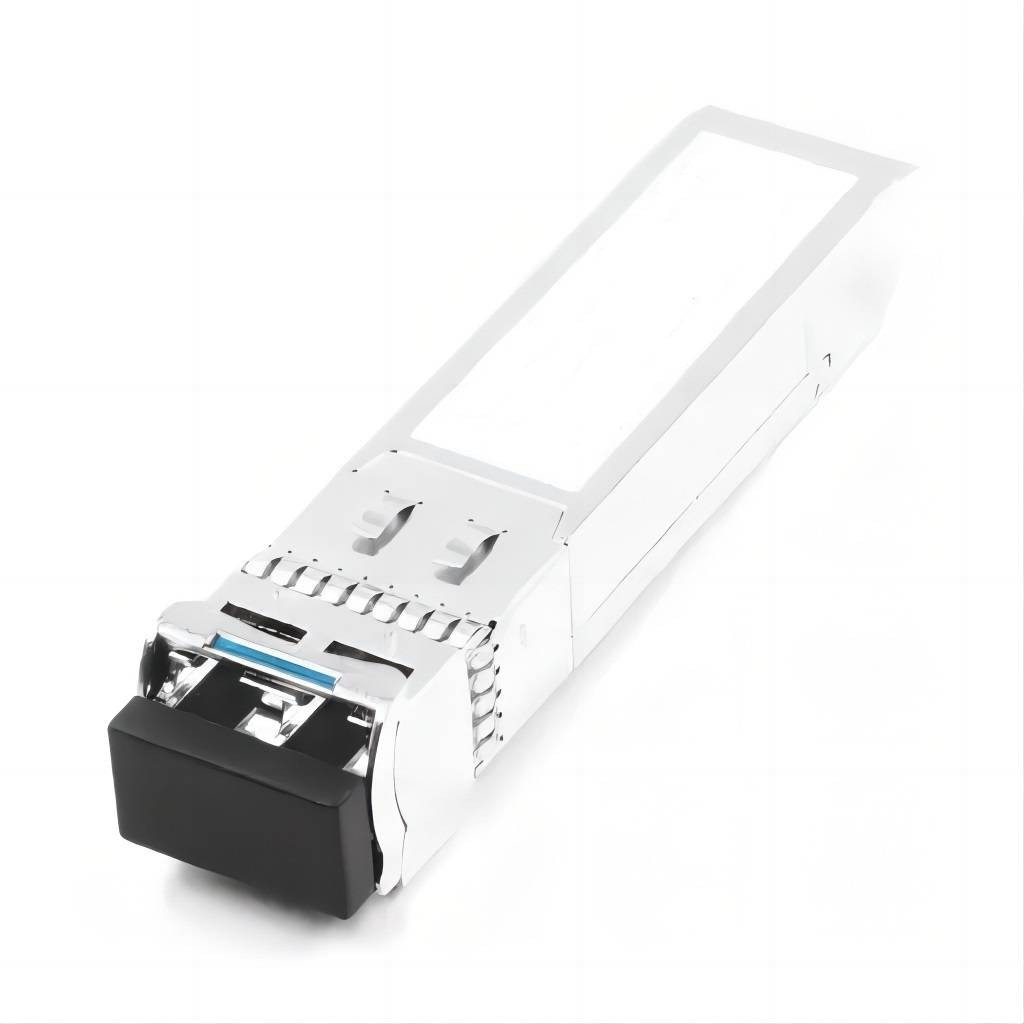
Part 3: Specified Operating Use Cases
The diverse use of optical transceivers as well as SFP+ modules traverses them into a primary focus over several networking domains.
- Data Centers: Connecting servers, switches, and storage devices. SFP+ port density as well as 10 Gbps port speed are crucial for ToR and EoR switch topologies in data centers in fulfilling low latency and bandwidth communication, which is a requirement for virtualization and cloud.
- Enterprise Networks: These are used in the cores as well as distribution local modules to interconnect buildings as well as campuses over fibre to provide aggregated bandwidth for enterprise needs. The multi-rate feature of SFP+ simplifies the support for seamless network upgrades as well as maintenance.
- Storage Area Networks (SAN): Within an SAN, Fibre Channel (8GFC, 16GFC) SFP+ transceivers serve as the backbone, providing dedicated, high-speed links for massive data volumes between servers and storage arrays.
- Telecommunications and Service Provider Networks: In Metro and access networks, the service provider uses CWDM and DWDM SFPs to combine multiple services on a single fibre and provides high-speed access to end users and base stations (5G backhaul, etc.).
In Summary
The multifunctional optical transceiver is much more than basic optical transceivers that perform ‘plug and play’ signal conversion functions. This equipment is highly intelligent and employs characteristics of versatility and flexibility, and is very important for developing networks that are robust and scalable. These networks are efficient and are simplified while managing various applications. Provided with multiple speeds, protocols, wavelengths, and real-time digital diagnostics, optimal performance is guaranteed.
For flexible and high performance multifunctional optical transceivers, we recommend NEON’s multifunctional optical transceiver line to any company attempting to increase their optical network transceivers’ flexibility and multifunctional performance.


